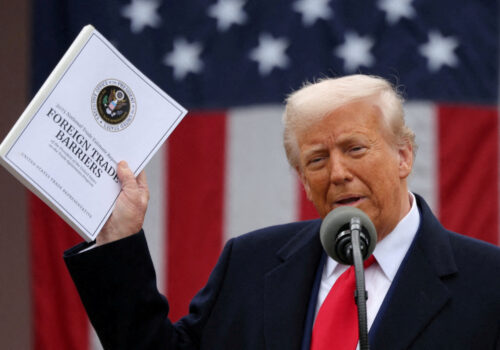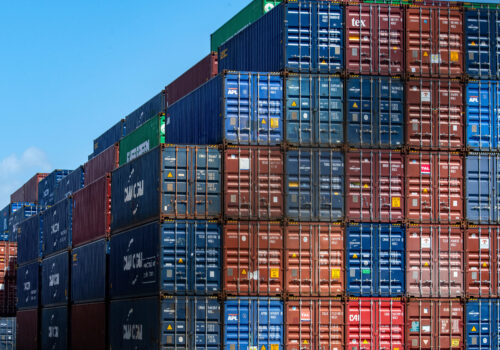Atlantic Council experts
“Everybody sit back, take a deep breath, don’t immediately retaliate, let’s see where this goes.” That was the message US Treasury Secretary Scott Bessent shared with foreign countries following US President Donald Trump’s announcement of a raft of new tariffs on April 2. But as the White House prepares to impose 10 percent tariffs on all US trading partners, and steeper tariffs of as much as 50 percent on some sixty countries, not all foreign capitals may heed Bessent’s call for calm. In fact, some have already signaled that they will retaliate.
Immediately below, the head of the Atlantic Council’s GeoEconomics Center explains the scope of the new tariffs. Then, more Council experts tour the world to take stock of how US trading partners are reacting.
The United States breaks away from the global trading system it helped create
Ever since Trump’s first election, and especially during his first-term trade war of 2018, a thought has rippled across Washington and capitals across the world: What if the president of the United States doesn’t see the world solely in terms of allies and adversaries, but as countries that run trade deficits with the United States versus countries that run trade surpluses? Watching the president on Wednesday in the Rose Garden hold up a table featuring nearly every country in the world ranked by a calculation whose methodology is seemingly derived from trade imbalances proved that the theory may be, in fact, correct. Why would Japan be tariffed at 24 percent while Iran is at 10 percent? The reason is that these decisions are not based on systems of government, military alliances, or historical relationships. They are based on a new formula—in which trade is a driving principle behind Trump’s engagement with the world.
At this moment, finance and trade ministers are trying to prepare both counterarguments to the White House and retaliation packages if those arguments fail. In two weeks they will come to Washington during the IMF-World Bank Spring Meetings and make their case. Some may be successful. US Treasury Secretary Scott Bessent essentially extended a hand to negotiate immediately after the Rose Garden ceremony and surely many will try (especially those among the sixty countries with tariffs higher than 10 percent). But many won’t succeed. In one week’s time the United States will likely have the highest tariff rates it has had in over a century.
The biggest question—and one that is causing such a negative market reaction—is China. The additional tariffs Trump announced on Wednesday, combined with previously announced tariffs on China, means that next week, the tariff rate on China will reach close to 60 percent, and even higher in some sectors. There was a level of tariff China could manage through currency maneuvers, but this goes above and beyond that. And because Southeast Asian countries, including Vietnam, were hit so hard as well, there is no alternative trading partner in the region in the near or medium term. From your Airpods to your Air Jordans, hundreds of products Americans use every day are set to get more expensive.
Perhaps it is because it has been a century since US tariffs have been so high that we in the United States have forgotten the painful costs of protectionism and are willing to risk breaking a flawed system whose problems have been raised by the United States for decades. But make no mistake about the significance of what happened this week: The United States said that the global trading system it helped create no longer works.
—Josh Lipsky is the senior director of the Atlantic Council’s GeoEconomics Center and a former adviser to the International Monetary Fund (IMF).
*
EUROPE
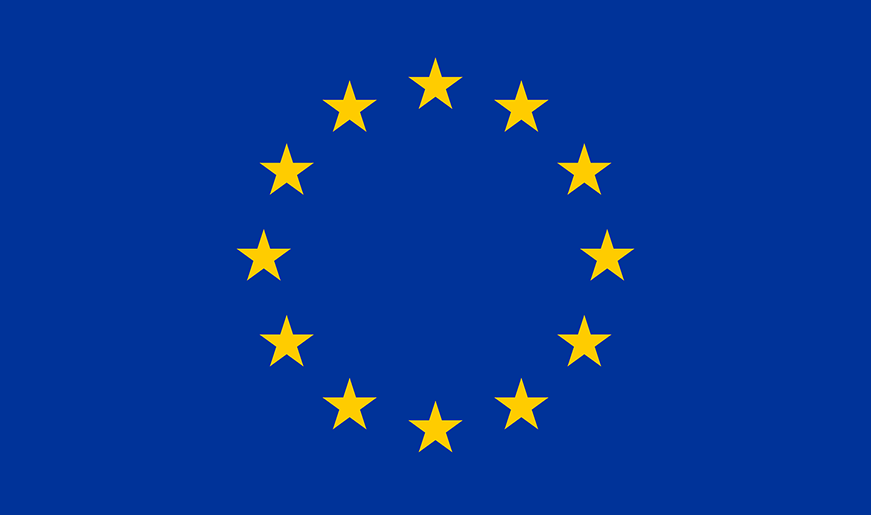
European Union
Trump’s “liberation day” tariffs will have a dual shock for the European Union (EU)—an economic and a further political one. Economically, the sweeping, across-the-board imposition of a 20 percent “reciprocal” (even though economists agree about the inaccurate framing of this) tariff will impact around two trillion dollars’ worth of US-EU trade in goods and services, wiping out up to 0.3 percent of the eurozone’s gross domestic product (GDP) growth forecasts over the next two years, according to early estimates. Politically, the Trump tariffs add to a growing list of this administration’s policy actions that seem to challenge and undercut the credibility of and trust in the United States as the continent’s oldest ally—from claims on Greenland and challenges to European digital regulations to the questions raised by the temporary freeze of US intelligence and military support for Ukraine. What is more, Washington erecting its highest tariff wall since 1933 risks severely disrupting, if not devastating, the rules-based multilateral trade order that the EU has built its geoeconomic strategy on and modeled itself after in many ways. At the back of European decision makers’ heads will also be the anti-European comments revealed in the Signal-gate chat and the more fundamental question on whether the tariffs present not just a trade but an ideological challenge to the EU.
Unlike during Trump 1.0, this shock effect will be swiftly cast aside for Brussels’ firm response. Europe’s reaction will most likely be two-staged: first, the reinstatement of previously suspended tariffs on steel and aluminum and retaliatory tariffs on sector-specific, politically sensitive US exports. This could include bourbon, jeans, Harley-Davidson motorcycles, soybeans, and peanut butter, amounting up to twenty-eight billion dollars of US exports. Expect movement on these actions by mid-April. Second, by the end of April most likely, the European Commission will respond with another package that may target digital and financial services, an area in which the United States has a trade surplus. If the retaliation hits US tech firms, expect further entrenchment on both sides.
EU cohesion among twenty-seven different member states will be an important factor, as always. Combine the high level and broad scope of the US tariffs with the domestic political dynamics, and the European Commission can probably rely on relatively strong “unity,” balancing demands for more drastic and immediate responses to the “reciprocal tariffs” with more cautious member states’ positions. Notably, even Trump-friendly governments, such as in Rome, oppose the White House’s decision. Among trade policy circles, calls have also been growing to invoke Europe’s anti-coercion instrument, a new policy tool that could give the European Commission sweeping powers to impose regulatory, procurement, investment, and even intellectual property restrictions. However, it seems unlikely that the Commission will resort to this so-called “nuclear option,” and it is unclear whether it would pass a qualified majority of 55 percent of the EU’s twenty-seven member states representing 65 percent of the union’s population.
European Commission President Ursula von der Leyen made clear that the EU will act “from a position of strength,” but it prefers to find a negotiated solution. At the same time, Europe’s strategy will be to diversify its trade and investment relationships around the world while doubling down on integrating and investing in the European Single Market.
Overlooked in the chaos, von der Leyen acknowledged Trump’s concerns about those exploiting the global trading system and nonmarket practices as well as the need to address overcapacities and tackle unfair subsidies and intellectual property theft. It seems like a long shot right now that the United States and the European Union could find an off-ramp from this massive US tariff escalation through joint action on nonmarket economies. But for von der Leyen and the EU, it’s worth a try.
—Jörn Fleck is the senior director of the Atlantic Council’s Europe Center.
—Jacopo Pastorelli is a program assistant at the Europe Center.
Brussels’ response to Trump’s announcement of a 20 percent blanket tariff on the EU—coupled with a 25 percent tariff on steel and aluminum and on autos—has been sharp and clear, but only rhetorical to date. Von der Leyen strongly criticized the imposition of tariffs and pledged that Europe would remain united. She offered negotiations but also made clear that the EU was preparing retaliation. French President Emmanuel Macron has called on EU businesses to stop investing in the United States. Italian Prime Minister Giorgia Meloni, often portrayed as an ally of Trump, called the tariffs “wrong” and called for efforts to avoid a trade war. Irish Prime Minister Micheál Martin, said, “We see no justification for this.” Many other European leaders have also criticized the tariffs during this first twenty-four hours—although a few, such as Hungarian Prime Minister Viktor Orbán or Slovak President Robert Fico, have remained silent.
But the EU has not yet been specific about how it might retaliate, and there probably will not be much clarity for a week or two. As a first step, the EU is likely to lift the suspension of its earlier retaliatory tariffs on US steel and aluminum. (Legally, the suspension already expired on March 31.) The European Commission has already pledged to add to those retaliatory measures, since the Trump administration increased the duty on aluminum from 10 percent to 25 percent and expanded the scope of products covered. The EU will also consider how to respond to the 25 percent car tariff and the blanket 20 percent tariff on all EU exports to the United States.
The EU could potentially respond using its new anti-coercion instrument, which allows for a broader range of retaliatory measures, including restrictions on intellectual property and procurement. But whatever it chooses to do, the EU process requires consultations between the European Commission and EU member states, and also with stakeholders. Even though this decision will not require unanimity, but rather a qualified majority vote, it is likely to require a week or two for a consensus to develop among the member states on specific actions, and then another week or two to formalize the decision, before it can be implemented.
—Frances G. Burwell is a distinguished fellow at the Atlantic Council’s Europe Center.
ASIA
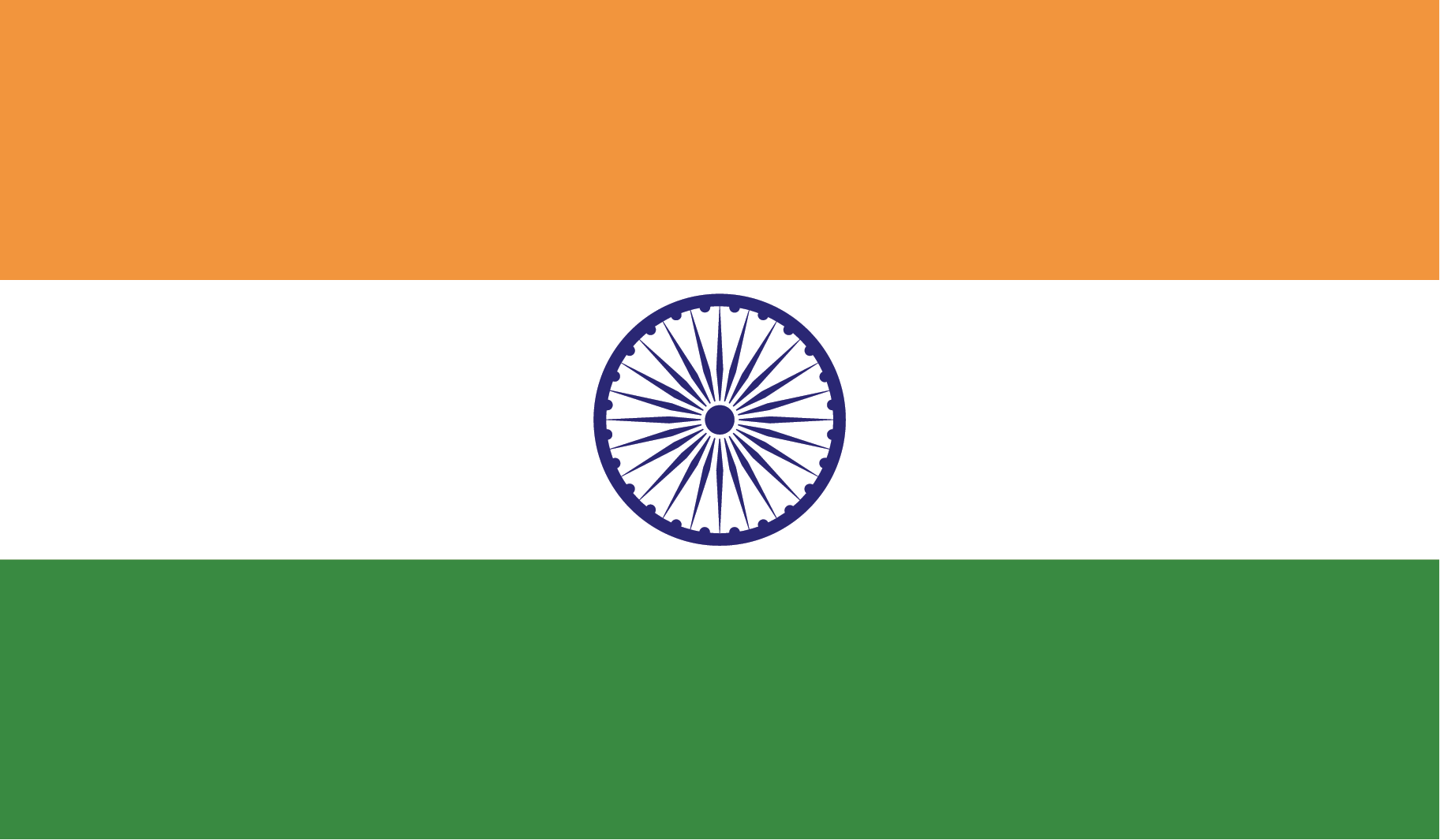
India
Trump’s reciprocal tariffs beat all records for unprecedented actions on the trade front. There has been nothing even remotely similar, even during Trump’s first term, since World War II. I expect the implications for the global economy, the US economy, geostrategic dynamics, and the collapse of the multilateral trading system will be assessed and discussed for years.
That said, India fared much better than expected. It is in the middle of the pack among the countries that received a specific “reciprocal tariff,” and it may not experience serious, or at least immediate, threats to its major export categories. The executive order excluded pharmaceutical and most energy products. Gems and jewelry, which is its highest-valued export sector to the United States, may be minimally affected, depending on price elasticities. And higher tariffs were applied to many of India’s main competitors in the textiles sector, including Bangladesh at 37 percent, Sri Lanka at 44 percent, Pakistan at 29 percent, Vietnam at 46 percent, and Thailand at 36 percent.
Attention will now turn to efforts to negotiate a US-India bilateral trade agreement, a prospect Indian Prime Minister Narendra Modi and Trump began discussing during Modi’s visit to the United States in February. The two sides already have a head start on tariff discussions and will now begin negotiating on nontariff barriers and many so-called “rules” areas, such as technical barriers to trade, sanitary and phytosanitary measures, and intellectual property rights. Perhaps an interim agreement can be worked out in the coming months to offer India some tariff relief. More broadly, this bilateral trade agreement could start to look a lot like a free trade agreement, even if it is not characterized that way. While a first tranche is due to be concluded by the fall, when Trump may visit India, negotiations on a comprehensive agreement will spill over into 2026 and likely even 2027. Such a comprehensive US-India agreement would be an unprecedented trade development, assuming negotiations don’t bog down and collapse and the global economy survives this truly historic moment.
—Mark Linscott is a nonresident senior fellow with the Atlantic Council’s South Asia Center. He was the assistant US trade representative for South and Central Asian Affairs from 2016 to 2018, and assistant US trade representative for the WTO and Multilateral Affairs from 2012 to 2016.
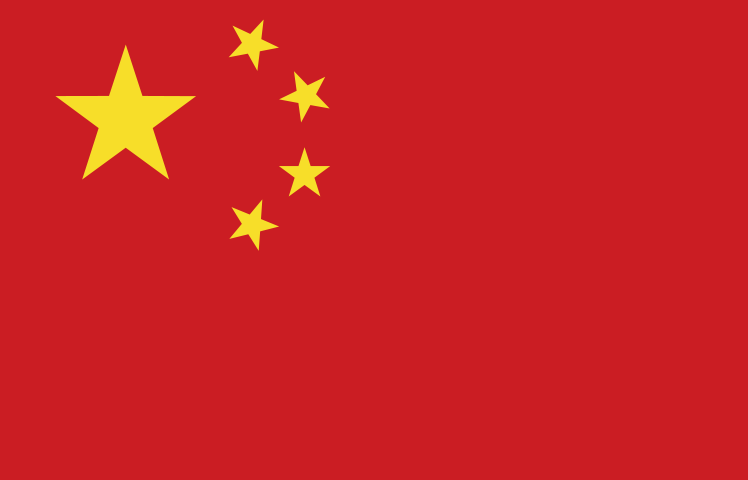
China
As governments and analysts tally up the likely impact of the latest round of Trump tariffs, it is clear that China, the world’s largest exporter, will land squarely in the red. The scale of the cumulative tariffs imposed by the United States so far has been estimated at between 54 percent and more than 79 percent, but, whatever the actual figure, it is clear that the hit will be widespread. It will affect businesses and consumers at a time when the Chinese economy is struggling to regain momentum after four years of anemic growth, slumping property prices, high youth unemployment, and deflationary pressures. It will also be additional bad news for the global economy, since any downturn in Chinese demand will have ripple effects around the world.
Immediate estimates of the aftereffects of the tariff shock calculate that China’s growth will slow by between 1 percent and 2.5 percent, with exports to the United States plummeting as much as 80 percent. While Beijing has policy space to cut interest rates and boost fiscal outlays considerably, it will be extraordinarily difficult to offset such a body blow to the economy. Chinese exporters already have come under pressure from major customers such as Walmart, which is demanding that suppliers absorb tariff increases by offering lower factory-door prices. China’s vast ecosystem of small manufacturers will also have to deal with the elimination of US tariff exemptions that online Chinese retailers Shein and Temu had used to attract US customers seeking low-priced products. The tariffs will also hit high-end manufacturers of batteries and other key components for US-made electric vehicles. The damage will extend across China, with more job losses and continuing deflation, which has caused producer prices to fall for twenty-nine straight months.
While China’s economic slowdown over the past few years has reduced its demand for imports—which grew only 2.3 percent in 2024, according to Chinese statistics—it has remained an engine for global growth. The IMF estimated in 2023 that “[w]hen China’s growth rate rises by 1 percentage point, growth in other countries increases by around 0.3 percentage points.” So any deceleration in the Chinese economy stemming from the Trump tariffs will only add to the pain that countries around the world will feel from the same policy.
—Jeremy Mark is a nonresident senior fellow with the Atlantic Council’s GeoEconomics Center. He previously worked for the International Monetary Fund and the Wall Street Journal Asia. Follow him on X: @JedMark888.

Indonesia & Southeast Asia
Southeast Asian countries have long sought closer trade relationships with the United States—a goal that hasn’t always been reciprocated by the latter, especially in recent years. And Wednesday’s announcement of wide–ranging US tariffs will assuredly reinforce the gulf between the two parties on trade.
Trade isn’t just an economic issue in Southeast Asia. It is closely entwined with security issues and viewed as an imperative by regional governments, which need to sustain robust economic growth to maintain domestic stability and improve livelihoods for their young and growing populations.
It is especially important for the region’s largest country, Indonesia. With a population of over 270 million, it must create jobs for an estimated 1.7 million people entering the workforce annually—a tall task for its government to accomplish. Despite its size, it cannot rely on domestic consumption for economic growth and job creation—thus, the need for trade.
While Jakarta wants closer trade relations with Washington, it doesn’t see the United States as the only game in town. As with its regional peers, it pursues a diverse set of trade relationships with other partners, including China and Europe. If anything, the new US tariffs will reinforce the inclination of Jakarta and its neighbors to further diversify their trade relationships, especially among themselves.
The ultimate impact of the tariffs will emerge over the coming weeks and months, but one thing is for sure: they will undoubtedly impact the trajectory of US-China geopolitical competition in Southeast Asia, which is on the frontlines of the contest for influence between the world’s two most powerful nations.
—Parker Novak is a nonresident fellow with the Atlantic Council’s Indo-Pacific Security Initiative, where he specializes in Southeast Asia, the Pacific Islands, Indo-Pacific geopolitics, and US foreign policy. The opinions expressed here are his own.
LATIN AMERICA
As global economies adjust to Trump’s reciprocal tariff announcements, most Latin American and Caribbean countries, at least in the short run, got off relatively unscathed compared to the rest of the world. With three exceptions (Guyana, Venezuela, and Nicaragua), countries in this region were all hit with the baseline 10 percent tariff. Why? Because the United States largely has trade surpluses across the region. And since the tariffs charged are a calculated percentage based on the balance of trade, the result is that most countries (given the United States’ trade surplus) got hit by just the baseline tariff.
But even though many countries may be breathing a sigh of relief with the 10 percent rate, that’s not the whole story. Of the twenty countries with which the United States has free-trade agreements (FTAs), 60 percent of those free-trade partners (twelve countries) are in the Americas and half (ten of them) were hit by the universal 10 percent tariff. This means that having an FTA with the United States did not carry any additional weight in determining whether a country was to be tariffed. And, perhaps even more importantly, a country that has an FTA must still comply with the labor, environmental, intellectual property, and other clauses in the FTA but without any tariff relief. This then will inevitably bring up the question of the desirability for countries to have FTAs with the United States. Further, if the tariffs bring an economic slowdown around the world, even countries with the 10 percent tariff will feel the broader implications. Those implications will also be felt in sectors that have low profit margins, such as apparel from the region.
Mexico and Canada were not affected by the reciprocal tariffs executive order, since they have already been part of the previous International Emergency Economic Powers Act (IEEPA) decisions related to fentanyl and the migration crisis and were hit by a 25 percent tariff for non–United States-Mexico-Canada Agreement (USMCA) compliant products that had previously been paused. In this sense, Mexico and Canada are in a better position than the rest of the Western Hemisphere countries, since their exports that comply with USMCA rules of origin will not be tariffed, while the ones that do not comply will get a 12 percent tariff after the IEEPA decision is over in a couple of months. This is notwithstanding the 25 percent auto tariffs that have now gone into effect and the 25 percent tariffs on steel and aluminum that particularly impact Canada and Mexico.
—Jason Marczak is vice president and senior director at the Atlantic Council’s Adrienne Arsht Latin America Center.
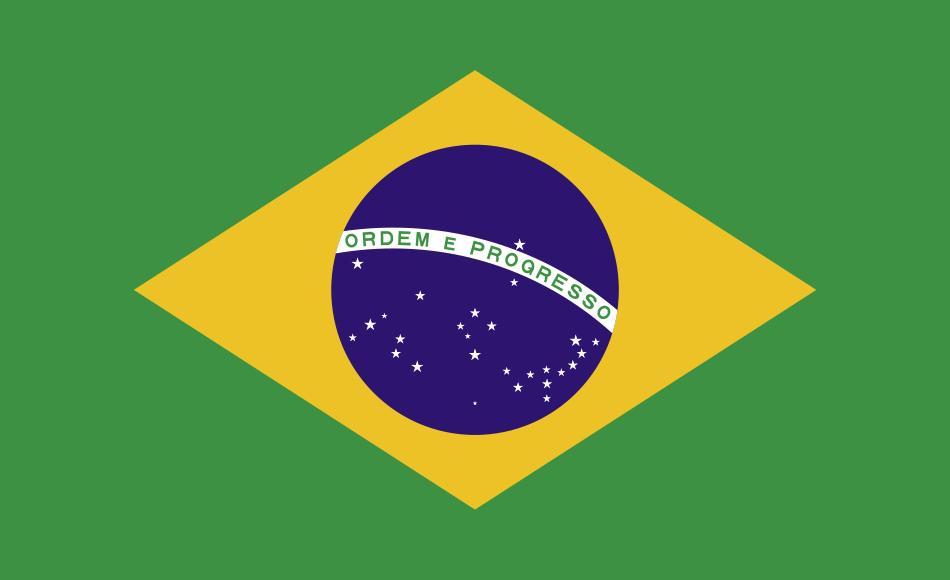
Brazil
Trump’s 10 percent baseline tariff swept across much of Latin America and the Caribbean—Brazil included. Yet, among the nations of the BRICS economic bloc, Brazil was notably spared. The motivation behind these tariffs remains uncertain, but in the case of Brazil, it might reflect a primarily economic, rather than political, intent. In turn, Brazil responded in a familiar fashion: diplomatic and measured, the Brazilian government signaled a willingness to negotiate while keeping the option of dispute resolution through the World Trade Organization on the table.
In 2024, the United States recorded a $7.4 billion trade surplus in goods with Brazil. Even so, Washington has repeatedly pointed to Brazil’s tariffs on US ethanol as a lingering source of imbalance. As a member of the Mercosur trade bloc, Brazil also applies common external tariffs, adding another layer of complexity to the trade relationship.
For Brasília, however, US tariffs on steel and aluminum may be a more immediate concern. In 2024, Brazil exported more than $5.7 billion in steel and iron—and an additional $267 million in aluminum—to the United States, making these sectors especially vulnerable to trade restrictions.
Brazil will seek to negotiate with the United States, but the 20 percent tariff against the European Union might just be the missing push to move the EU-Mercosur agreement forward toward ratification.
—Valentina Sader is a deputy director at the Atlantic Council’s Adrienne Arsht Latin America Center, where she leads the Center’s work on Brazil.
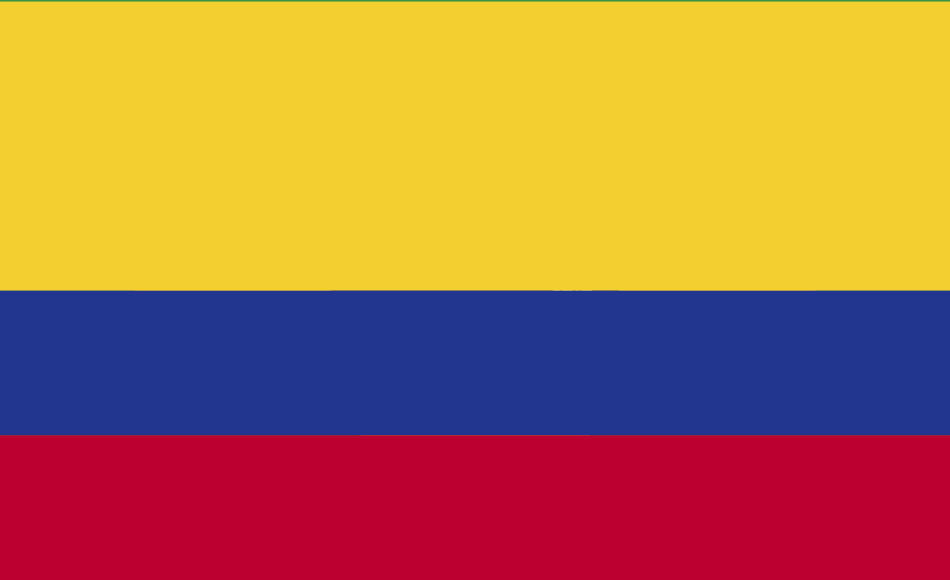
Colombia
Like other Latin American countries, Colombia emerged relatively unscathed from Wednesday’s tariff announcement. Colombia currently runs a trade deficit with the United States to the tune of over $1.2 billion, making the South American country a lower priority to the Trump administration in its goal of balancing trade relations. Likely for this reason, Colombia will only be affected by the 10 percent baseline tariff imposed on all US trade partners, in spite of the recent tensions brewing between Bogotá and Washington.
Of course, a 10 percent tariff is higher than zero tariffs under the terms of the existing US-Colombia FTA, and it could harm Colombian exporters of goods such as coffee, cut flowers, and precious metals—even as the carve-out for petroleum and other energy products creates a cushion for relief. The bright side for Colombia is that, since the tariff is universal, its producers are not necessarily at a relative disadvantage. Brazilian coffee competitors, for instance, will face the same 10 percent barrier as their Colombian counterparts. Meanwhile, the second-largest global coffee exporter, Vietnam, will actually face even higher tariffs of 46 percent, potentially creating a new opportunity for Colombian coffee exports.
Colombian President Gustavo Petro has so far avoided any threats of retaliation, which is good news for the Colombian private sector. But prospects for the US-Colombia commercial relationship remains rocky this year ahead of two important tests: Petro’s interest in joining China’s Belt and Road Initiative and the chance that the White House will decertify Colombia as an anti-narcotics partner in response to skyrocketing coca cultivation. Any wrong move from Petro could provoke the Trump administration’s ire, with serious potential ramifications for the Colombian private sector. For Colombia’s sake, let’s hope Petro keeps a cool head.
—Geoff Ramsey is a senior fellow at the Atlantic Council’s Adrienne Arsht Latin America Center.
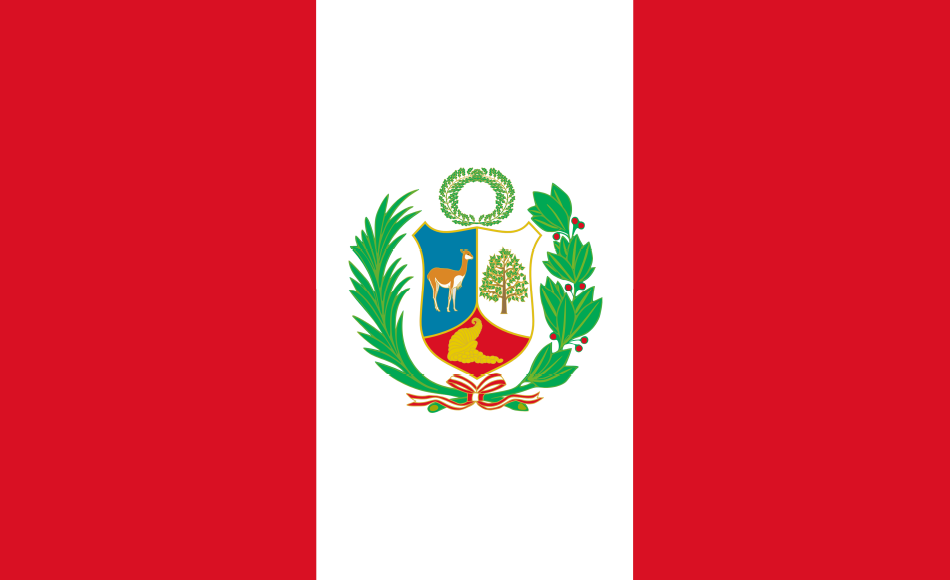
Peru
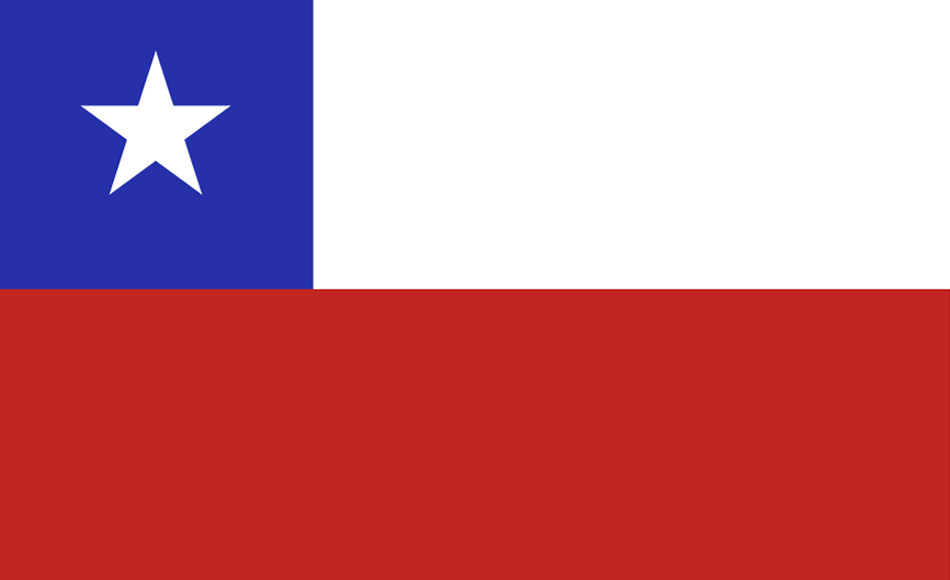
Chile
Trump’s executive order does not modify or override existing free trade agreements. However, it does alter their practical framework. These agreements were initially negotiated to eliminate tariffs, but the new executive order changes the tax structure unilaterally.
For example, under the Dominican Republic-Central America Free Trade Agreement (CAFTA-DR), as well as the United States’ FTAs with Peru and Chile, around 95 percent of these Latin American and Caribbean countries’ exports to the United States and vice versa were tariff-free. Now, as of the latest executive order, exports from these countries—except for exempted categories such as hydrocarbons and rare minerals—will face a 10 percent tariff. This affects major CAFTA-DR, Peruvian, and Chilean exports, including apples, pineapples, pears, blueberries, asparagus, coffee, bananas, flowers, avocados, mangoes, bell peppers, light manufacturing, and apparel.
Meanwhile, Mexico and Canada, the United States’ primary trading partners in the Western Hemisphere, were excluded from this announcement. Mexican produce exports to the United States, such as avocados, peppers, and coffee, which compete with exports from elsewhere in the region, will remain tariff-free unless further changes are made.
This decision opens the door for affected countries in Latin America and the Caribbean to pursue bilateral negotiations with the United States to advocate for their exports and potentially seek exemptions or adjustments to the new tariffs.
—Enrique Millán-Mejía is a senior fellow for economic development at the Atlantic Council’s Adrienne Arsht Latin America Center.
AFRICA

Lesotho
African nations’ share of global trade, which is less that 3 percent of the total, has provided relative protection from Trump’s planned tariffs. Many countries, such as Kenya, Ghana, Tanzania, and Senegal, face the 10 percent baseline rate for imports, yet a few standouts will deeply suffer under the new regime. Notably, the tiny land-locked country of Lesotho faces a 50 percent tariff, the highest among targeted nations.
The Lesotho case marks an undoing of US trade policy toward African countries over the past twenty-five years. The African Growth and Opportunity Act (AGOA), which focused on deepening the US-African trade relationship while improving African export capacity, particularly in sectors such as apparel, which is dominated by China and Vietnam. The trade deficit between the United States and Lesotho—which was the basis for the tariff calculation—is a result of some success in textiles and apparel, specifically in denim. As a market of less than two million people, Lesotho doesn’t have much to bargain with the Trump administration on, and what will result is significant economic hardship and a shift of those exports from Africa to Asia as they enter the United States.
The new tariffs’ broader impact on African countries will include the deepening of already established African-Chinese trade patterns and cause economic contraction. For nations such as Madagascar, facing a 47 percent tariff, the consequences could be severe, exacerbating poverty and hindering development efforts. For Nigeria, facing 14 percent will result in a slowing of economic diversification away from its oil exports. AGOA has been the bedrock of US-African trade policy for a quarter century. These new tariffs reverse the policy’s gains and threaten its very existence beyond April 2025.
—Aubrey Hruby is a senior advisor at the Atlantic Council’s Africa Center and co-founder of Insider and Tofino Capital.
MIDDLE EAST

Iraq
The impact of Trump’s reciprocal tariffs on Iraq is effectively zero. Almost all of Iraq’s exports to the United States are oil, which is exempt from reciprocal tariffs. Iraq follows the principle of reciprocity in its bilateral relationship, however, it is unlikely that it would impose a reciprocal tariff of 39 percent on imports from the United States. Baghdad needs to maintain a strong relationship with the United States in the era of maximum pressure on Iran, particularly as it relates to the revocations of waivers to Tehran-sourced electricity and potentially gas. Thus, it would be business as usual for the US-Iraq trade relationship, which was valued at about $9.1 billion in 2024.
However, the impact for Iraq would be indirect, and felt through lower oil prices as a consequence of lower demand for oil, hence lower prices, due to the risk posed to world economic growth from the US tariffs and potential counter tariffs.
—Ahmed Tabaqchali is a nonresident senior fellow with the Atlantic Council’s Middle East Programs.
Image: US President Donald Trump delivers remarks on tariffs in the Rose Garden at the White House in Washington, D.C., U.S., April 2, 2025. REUTERS/Carlos Barria

